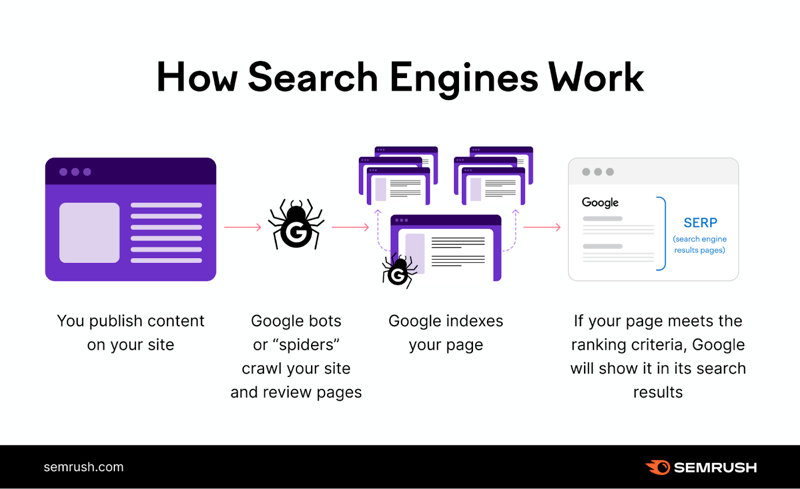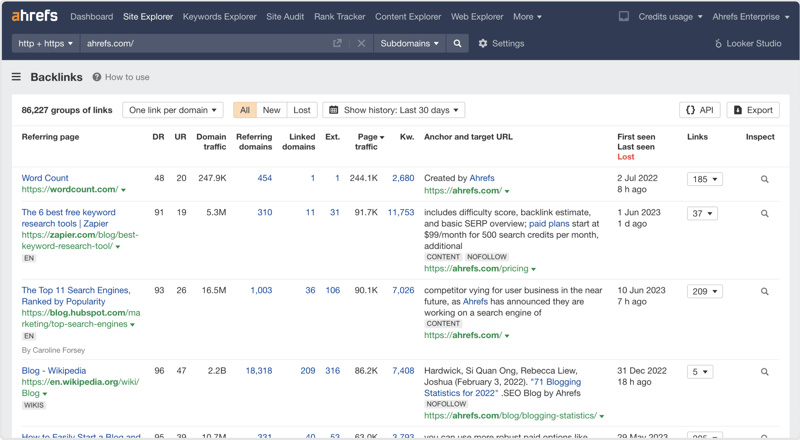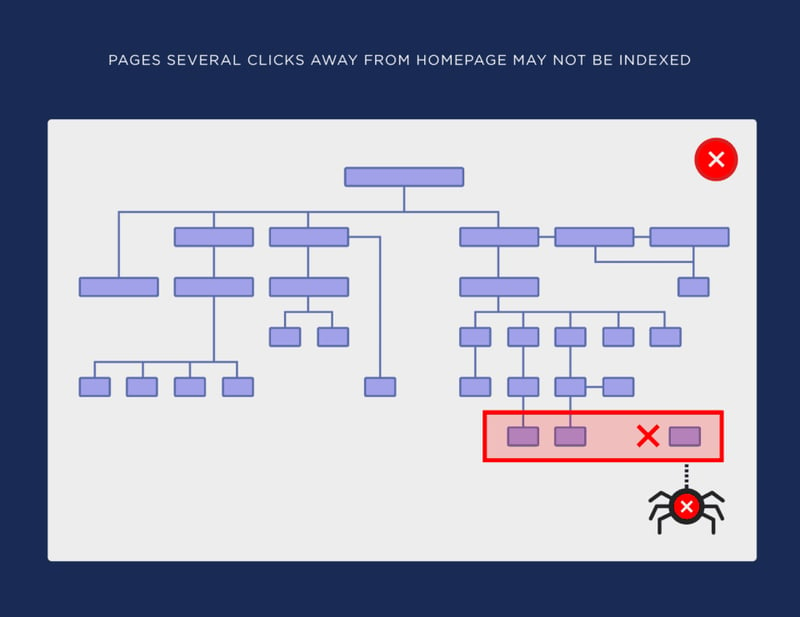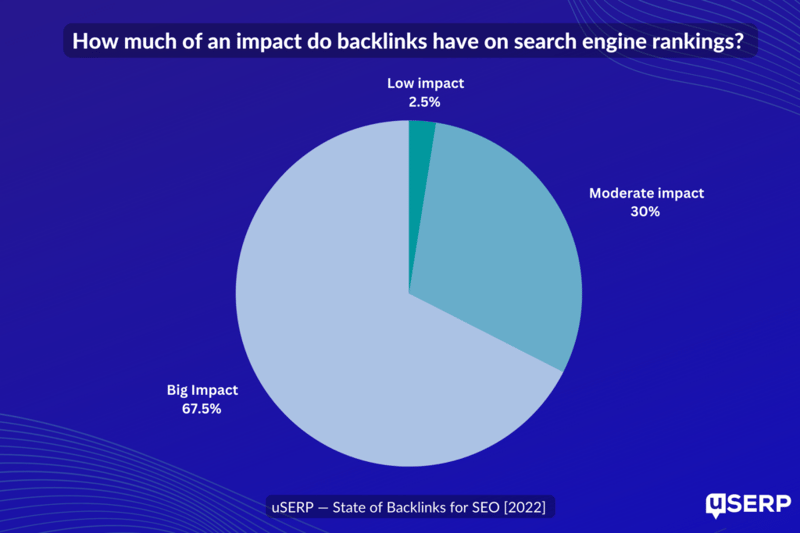Search engine optimization (SEO) is constantly evolving, but continues to be the channel many SaaS companies rely on to drive traffic to their websites and leads into their pipelines. And technical SEO is the foundation for organic search success, yet many SaaS companies don’t dedicate the time or resources necessary to getting it right. Our technical SEO audit checklist explains exactly what factors to focus on, how to optimize your site performance, and the best tools to help you along the way.
In This Article:
What is technical SEO?
What is the difference between technical SEO and SEO?
The best tools for technical SEO
The ultimate technical SEO checklist
What is technical SEO?
Technical SEO refers to the tactics used to ensure a website meets the technical standards and requirements of search engines with the goal of earning organic rankings and traffic.
Think of it this way: If websites are the students and Google is the teacher, a website that is correctly optimized by following technical SEO best practices will be the teacher’s pet and receive preferential treatment on search result pages (SERPs).
Technical SEO is built around three distinct actions of search engines: crawling, rendering, and indexing.
- Crawling: Every search engine has bots it deploys to crawl your webpages. How and what is crawled on your site can be managed by using a robots.txt file.
- Rendering: This is what happens when the code used on your pages is rendered by a browser and delivered to the user in a format that is easy to view and understand. Every webpage you visit has been rendered to look and function the way it does because of its code.
- Indexing: After a page has been crawled and rendered, it is indexed and the information it contains is stored for future use. Managing what is indexed is usually a higher priority than managing what is crawled, as it contributes more to how your pages perform in search results.
Why prioritize technical SEO strategies? Because a properly optimized site that is able to be indexed by search engines is essential for your pages to show up in search results. You could have the best product and the best content, but if your technical SEO is lacking, potential customers won’t be able to find your website organically.
High SERP rankings are especially important for SaaS companies that face fierce competition because 90% of searchers click on a site that appears on the first page of their results.
What is the difference between technical SEO and SEO?
Technical SEO is just one part of SEO for SaaS companies. Think of SEO as the full pie and technical SEO as one slice — albeit a very important slice. SEO has four pillars: on-page SEO, off-page SEO, technical SEO, and content.
On-page SEO refers to optimizing webpages and content for search engines and visitors, including title tags, meta descriptions, and URLs. Rather than making optimizations to a website directly, off-page SEO refers to external tactics aimed at increasing search rankings, including backlinking, guest posting, and social media.
Content is the heart of SEO and refers to the pages, blog posts, guides, videos, etc. that are created to align with potential buyers’ search intent and target a company’s relevant keywords.
The best tools for technical SEO
Before you jump into technical SEO, you’ll need to set up some tools. There are many platforms out there that help with technical SEO efforts — some of which are completely free. As a SaaS SEO agency, we recommend the below tools and use them with our own clients for SaaS SEO services.
Screaming Frog
Screaming Frog is a comprehensive website crawler that audits your site for common SEO issues, including broken links, page title and meta data errors, redirect chains or loops, and duplicate content. There are free and paid versions.
Semrush
Semrush is an all-encompassing SEO platform that companies use for keyword research, rank tracking, link building, and content optimization as well as technical SEO audits that look at crawlability, page load speed, and internal linking issues.
Ahrefs
Similar to Semrush, Ahrefs is an on-page, off-page, and technical SEO tool all in one. Its technical SEO audit features scans your site for issues related to performance, HTML tags, social tags, content quality, incoming links, outgoing links, and external pages. You’ll also get recommendations on how to fix any issues.
Google Search Console
With Google Search Console, you can understand exactly how Google sees your pages with information directly from Google’s index. The URL Inspection tool provides detailed crawl, index, and serving information. You can also get alerts when there’s an issue on your site and tell Google when it’s been fixed.
Free Google Tools
With PageSpeed Insights, you can enter a URL and quickly get a Core Web Vitals assessment along with recommendations on how to improve. The Rich Results Testing Tool enables you to see if rich results can be generated for your page. Rich results are non-text elements like images, ratings, and prices that enhance a search result and make it stand out to searchers.
The ultimate technical SEO checklist
Technical SEO Audit
Technical SEO issues are often invisible. An audit goes through your site with a fine-tooth comb, detecting broken pages, crawl issues, and other site errors. On their own, these problems may seem like a minor hassle, but when there are multiple issues, they could stand in the way of your SEO success.
Competitor Analysis
Are your competitors outperforming you in search? It could be that they have fewer technical SEO obstacles standing in their way. Uncover exactly what they’re doing and how it’s working and craft a strategy that will put you ahead of the pack.
Image Optimization
Visual content is critical for high-performing content. But when done incorrectly, it can be more of a hassle than a help. Optimize image alt attributes, resize files, and implement sitemaps and plugins to ensure your images add value to your site and your overall SaaS SEO strategy.
Speed Optimization
Slow page speed is the kiss of death when it comes to technical SEO. Compress files, optimize code, and eliminate redirects to ensure your visitors have a positive experience and your site ranks higher.
Metadata Analysis
Meta tags tell visitors and search engines what your content is about. Using the right metadata will get you more traffic and higher visibility, including title tags, alt attribution, robot tags, and more.
Sitemaps And Crawl Budget
Crawl errors lead to less of the content you want out in the world being indexed. And that means it can’t be found. Implement sitemaps to ensure your important pages are always crawled, indexed, and ranked appropriately to boost your SaaS SEO performance.
Website Architecture And Structural Review
The way your website is structured is every bit as important as the information that’s on it. Look at your site’s architecture and, if needed, restructure it to ensure better organic search results. What you’re looking for is a clear and easy to navigate structure, with related pages nested together.
Structured Data Markup
Structured data adds tags to your content that helps search engines understand the information you’re sharing. Structured data leads to better interpretation of your website, which leads to better crawling and indexing. And all of that leads to — you guessed it — better results for your SaaS company.
Schema Markup
Schema markup is a particular vocabulary used in structured data. It defines the content on your website to ensure search engines are interpreting it correctly and ranking it appropriately. It sounds like a different language, but trust us, it works.
Backlink Analysis
Backlinks improve your website’s authority, and they are vital to your SEO performance. Dive into your backlink profile to better understand referring domains and ensure your backlinks come from high-quality, reputable sites.
Keyword Research
Keywords are the underpinning of on-page SEO, but they also influence your performance at every level. Ensure you’re using the right keywords in the right places and your priority and long-tail keywords are aligned with search intent.
Penalty Prevention
Google algorithms can throw a major wrench into even the most carefully laid plans. However, you don’t have to put your website at risk of penalties, which could cost you organic traffic and sink your SERP ranking. Keep an eye out for possible issues, and always practice white hat SEO to ensure you don’t get hit with a surprise penalty.
Penalty Recovery
*Bleep* happens, but penalties don’t have to. And if they do, recovery is possible. You may have been penalized due to a search engine algorithm or because a previous SEO agency engaged in black hat practices. Whatever the reason, make updates to mitigate the damage and get back to pre-penalty performance.
Core Web Vitals
Core web vitals consist of three pillars: largest contentful paint (LCP), first input delay (FID), and cumulative layout shift (CLS). These are the technical SEO factors that Google measures to determine how effective your site is at maintaining user experience. Good CWVs usually mean your site runs faster, adapts across different devices, and offers an intuitive experience, so check them regularly.

Need help with technical SEO for your SaaS company?
If all this technical SEO jargon is making your head spin or you don’t have the resources in-house to dedicate to SEO, we’re here to help. Our SEO experts are well versed in every aspect of SEO — and specialize in website discoverability, site speed and schema optimization, metadata testing, and broken link reclamation.
When you partner with FPS, you get a comprehensive SEO strategy that’s tailored to your revenue goals, target audience, and marketing funnel. Explore the technical SEO services we provide.










